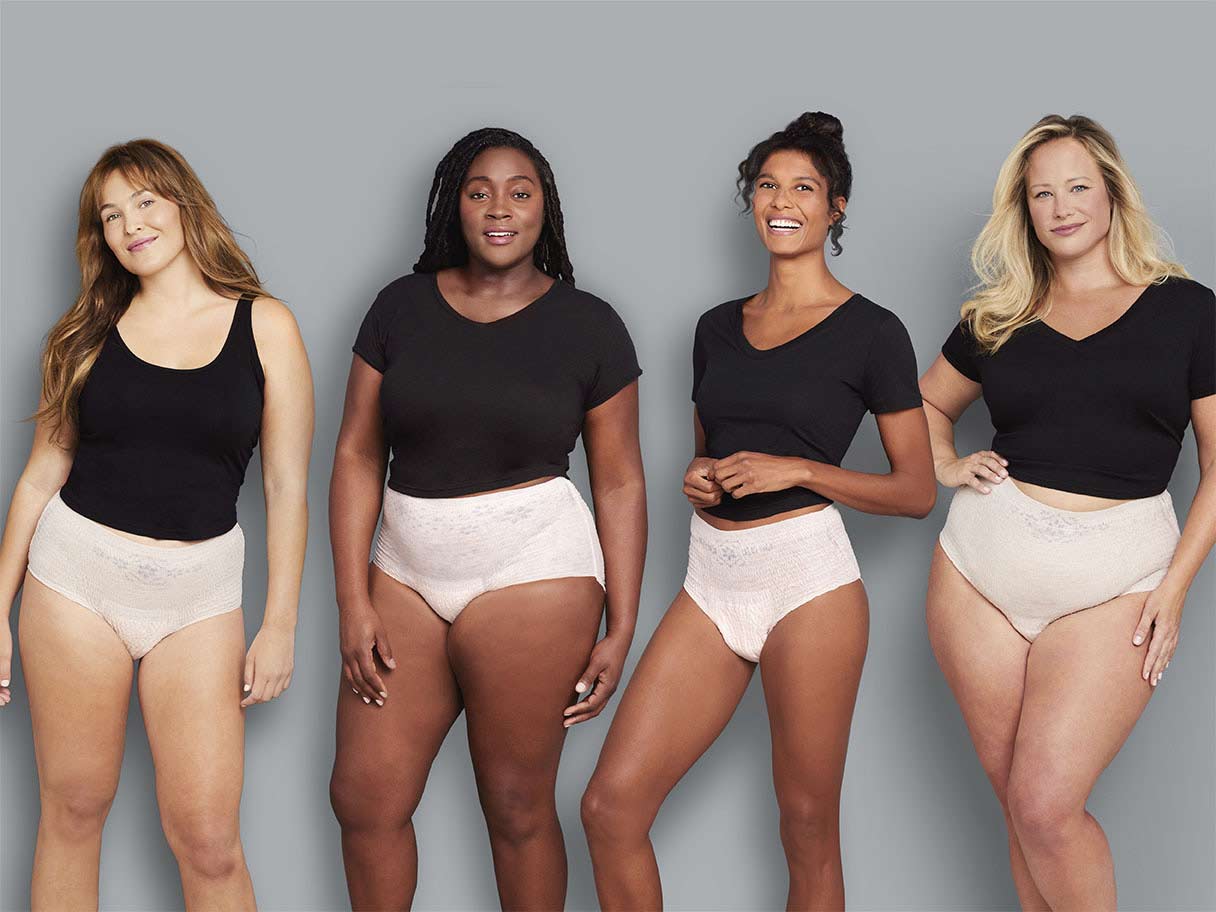5 Ways to Keep Bladder Leaks from Destroying Your Workout
5 Ways to Keep Bladder Leaks from Destroying Your Workout
“We are meant to grow strong and to age gracefully,” says author and functional movement expert Gray Cook. And without regular aerobic and muscle-building activity, our bodies don’t function as well as they should, even during simple, day-to-day activities. So what do you do if you want to be fit, but bladder leaks are keeping you home and inside, too scared to risk embarrassing yourself? Here are a few suggestions to ensure urinary incontinence doesn’t keep you from your fitness training:
Be mindful of intensity
The growing popularity of “box” style gyms with heavy duty, weight-lifting-based workouts points to an increase in the average American’s interest in high-level functional fitness. Unfortunately, the intensity of these workouts may be too much if you experience leaks. Consider starting with less extreme exercise, like power walking or this low-impact high-intensity-interval-training (HIIT) workout.To keep up your weight training, consider lighter weights that are less likely to cause pressure on your pelvic floor. (To be sure you don’t risk injury, check with your physician first.)
Pay attention to your pelvic floor
It may be helpful to choose exercises that don’t put pressure on your pelvic floor. Sitting or lying down while lifting weights or doing core exercises can help reduce the amount of pressure put on your pelvic muscles. Additionally, some pelvic floor physical therapists also recommend a “Kegel Squeeze” when you’re doing any exercise that causes any feeling of pressure in your core muscles.
This may be even more important if your doctor has told you that you have Stress Urinary Incontinence (SUI). SUI is caused by pressure on your bladder, typically resulting from an activity or motion, like picking up a heavy object, sneezing, coughing or laughing.
Take this a few hours before your workout
Some urologists recommend calcium glycerophosphate, a mineral combination of calcium and phosphorous, to help both men and women reduce the impact of acidic foods and beverages on their bladders. Marketed under the name “Prelief,” this substance reacts with the acidity of the food, not the body, so it’s not considered a medication. Reducing consumption of acidic foods and drinks like tomatoes, onions, citrus fruits, wine, soft drinks and coffee can be unrealistic when you consider the typical American diet, so Prelief has been of real help for many who suffer bladder inflammation and the resulting leakage.
Adjust your fluid intake
Notice we didn’t say “reduce” your fluid intake. Minimizing the amount of water you drink to try to stave off leaks usually backfires. Water dilutes your urine, making it less likely to cause bladder irritation. Drink the recommended amount of fluid throughout the day ( 64oz. according to the Mayo Clinic, but make sure you allow a window of two hours with no drinks before a workout. That should allow you to empty your bladder before you take off on your run or hop on the bike.
Wear the right protection for leaks and chafing
The type of protection you wear can affect your workout. Try absorbent underwear with a flexible, close-to-the-body fit, like Depend® FIT-FLEX® Underwear for both men and women. Using different types of underwear and pads during an at-home trial workout lets you see how it works for you before you go out to the gym or track. (Try the Depend® Product Selector for options.)
Many runners wear compression shorts over their protection and under their shorts to keep their briefs in place. And to reduce chafing, some recommend using athletic tape or an anti-chafing stick like Body Glide or Gold Bond Friction Defense. More on that here: Reducing Chafing
Whatever you do, don’t give up
Bladder leaks can be an annoyance, but with a trial-and-error approach, most people find a way to stay dry and keep their skin healthy, while still maintaining their regular workout regimen.



